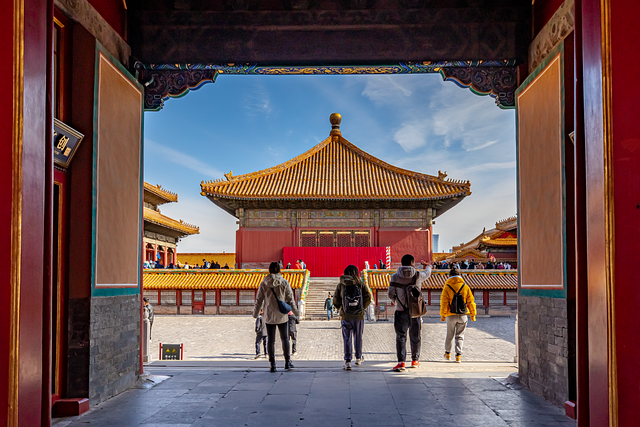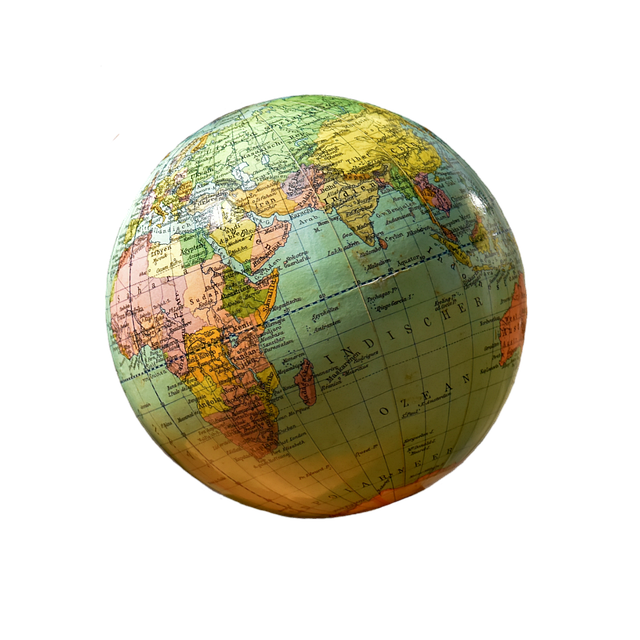Capturing the Beauty: Exploring Landscape Photography through the Lens of Art and Design
Landscape photography is not just about taking pictures; it is an intricate blend of art and design that invites photographers to immerse themselves in nature’s stunning scenes. Every photograph tells a story, capturing the beauty of the environment while allowing for personal expression through artistic techniques and design principles.
At its core, landscape photography is a visual language. Each image is akin to a canvas where colors harmonize, textures contrast, and compositions evoke emotions. As you stand before a majestic mountain range or a tranquil sunset over a serene lake, you become the artist, choosing the angle, lighting, and moment that ultimately define the scene. Through the lens, the landscape transforms into a piece of art, inviting viewers to appreciate not only the beauty of nature but also the artistry behind its representation.
The Artistic Eye
A landscape photographer must cultivate an artistic eye to capture the essence of a place effectively. This skill involves more than just pressing the shutter; it requires a deep understanding of elements such as symmetry, lines, and negative space. These design concepts play a crucial role in how a scene is perceived. By guiding our gaze through the photograph, a well-composed image can lead us to the focal points, revealing hidden stories within the landscape.
Color and Emotion
Colors hold the power to evoke feelings and set the mood in landscape photography. A vibrant sunrise can inspire joy and hope, while a moody, overcast sky might convey introspection or melancholy. Understanding the color palette of the landscape and how it interacts with light can elevate photography to new artistic heights. Photographers often use filters and editing techniques to enhance these colors, allowing them to resonate with the viewer on a deeper level. This manipulation of color is akin to painting, where every hue plays a vital role in crafting the overall message of the artwork.
Integration of Design Principles
Design principles such as balance and harmony are essential in landscape photography. A well-balanced composition is visually pleasing and draws the viewer in, making them feel a part of the landscape. Using the rule of thirds, leading lines, and framing can help achieve this balance, guiding the viewer’s eyes through the image and creating a sense of exploration. The interplay between the various elements within the scene becomes a dialogue in design, capturing the dynamic beauty of the landscape in a cohesive manner.
Storytelling through Landscape
Beyond aesthetics, landscape photography often tells a larger story about our environment. Each photograph has the potential to raise awareness about nature conservation, climate change, and the intricate relationship between humans and the planet. This storytelling aspect fosters a connection between the viewer and the landscape, inviting them to reflect on their own experiences and emotions related to nature. As photographers, we possess the unique ability to inspire this connection, using our lens as a tool for awareness and appreciation.
Ultimately, landscape photography is an exploration of the world around us, framed through the lens of art and design. It compels us to not only see but to feel, prompting an appreciation for the beauty that surrounds us and challenging us to view nature as both a subject and a canvas. Embrace the journey of capturing landscapes—the artistry, the design, and the stories waiting to be uncovered through your lens.




